This week it was good to be back on the road again after a difficult year at home with so many annual events canceled or otherwise extremely limited.
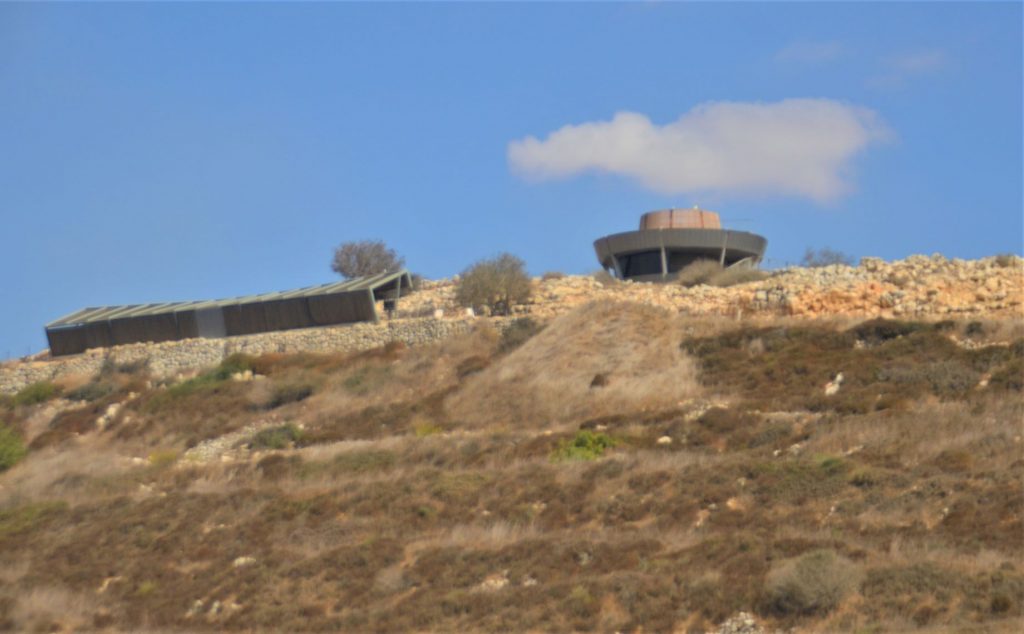
We drove from the Jerusalem hills past the site of ancient Shilo,
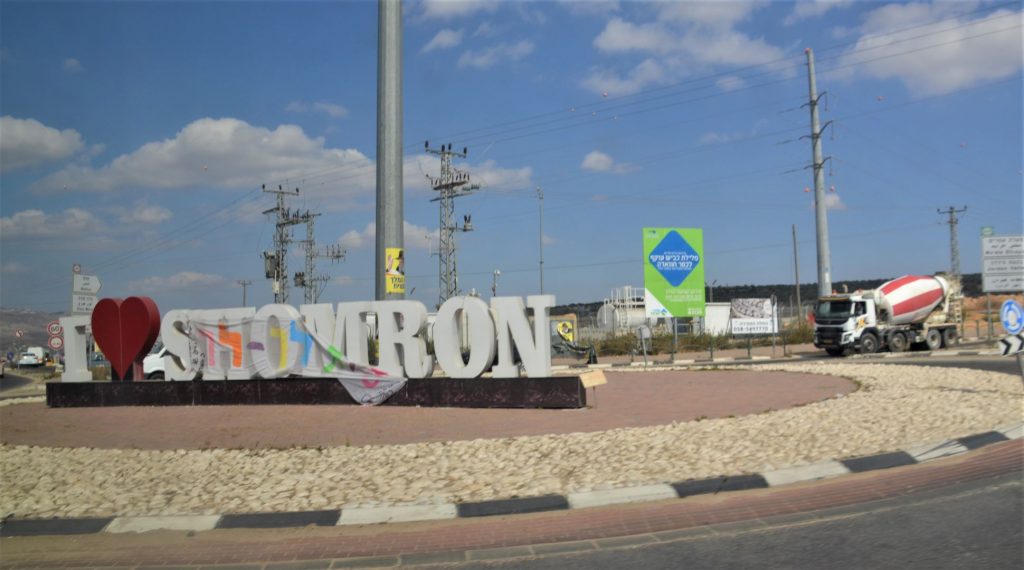
then through the Binyamin region to the Shomron,
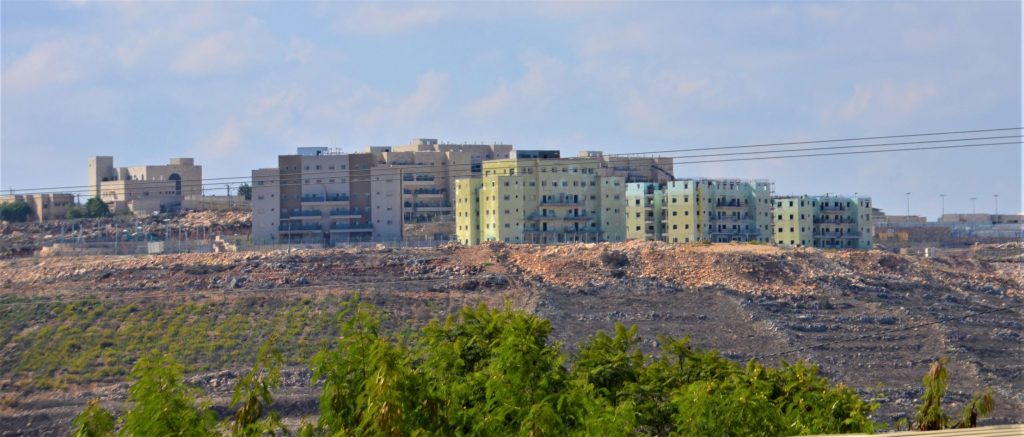
and up past Har Bracha to reach Har Gerizim.
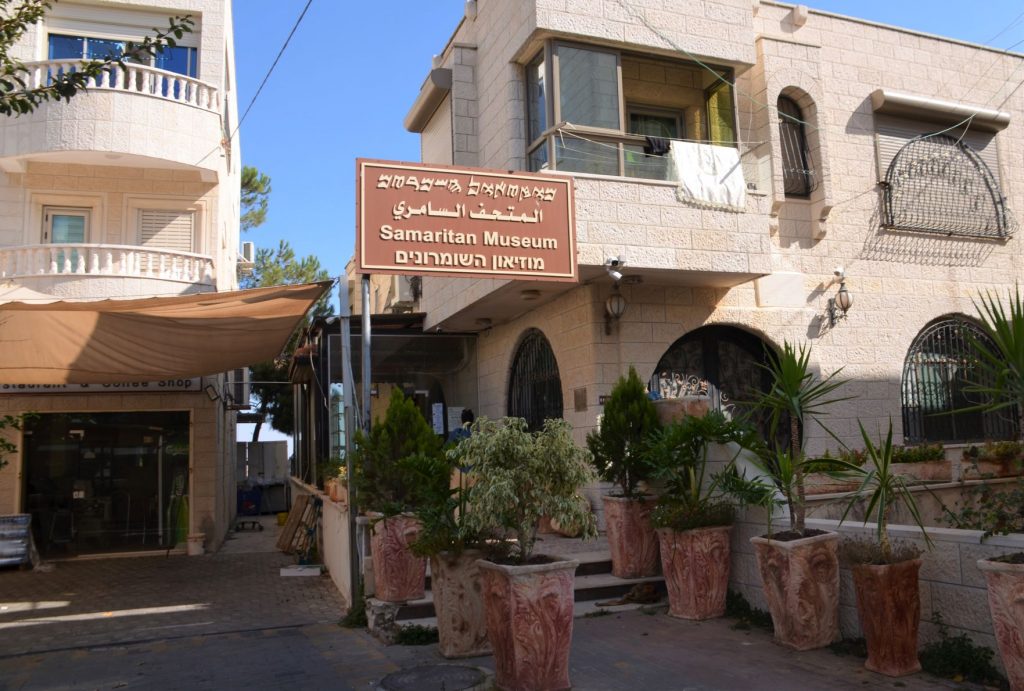
The Samaritans, (Shomronim in Hebrew) are a tiny sect with ancient Israelite roots, a unique and fascinating group.
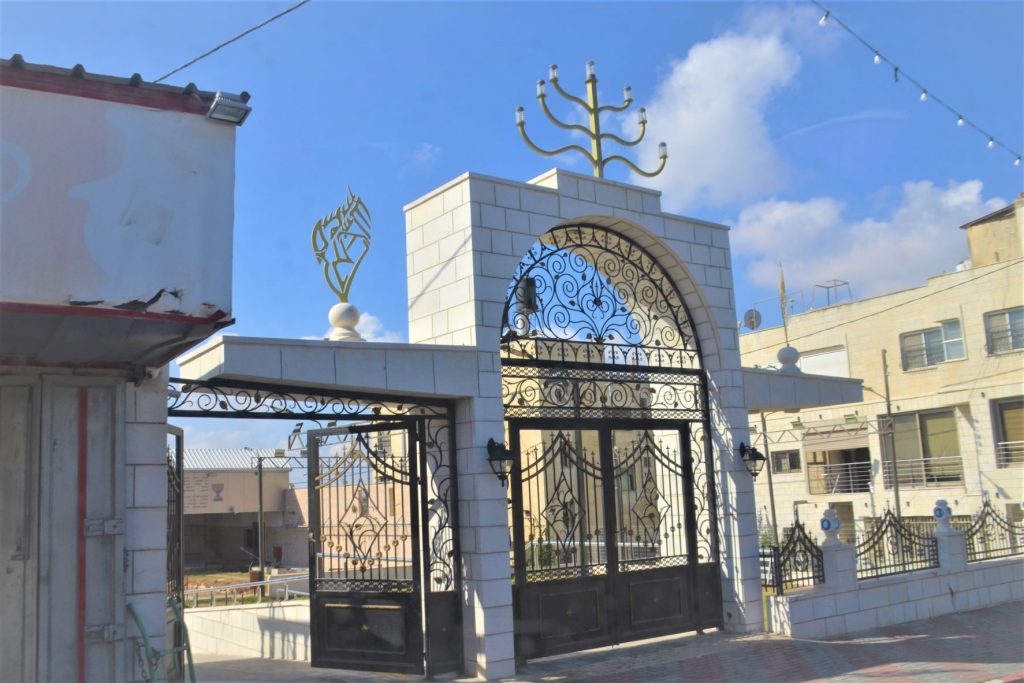
Their religious-ethnic community consists primarily of 840 people who reside in Kiryat Luza, a small village near Shechem in the Shomron, and a smaller community in the central coastal city of Holon.
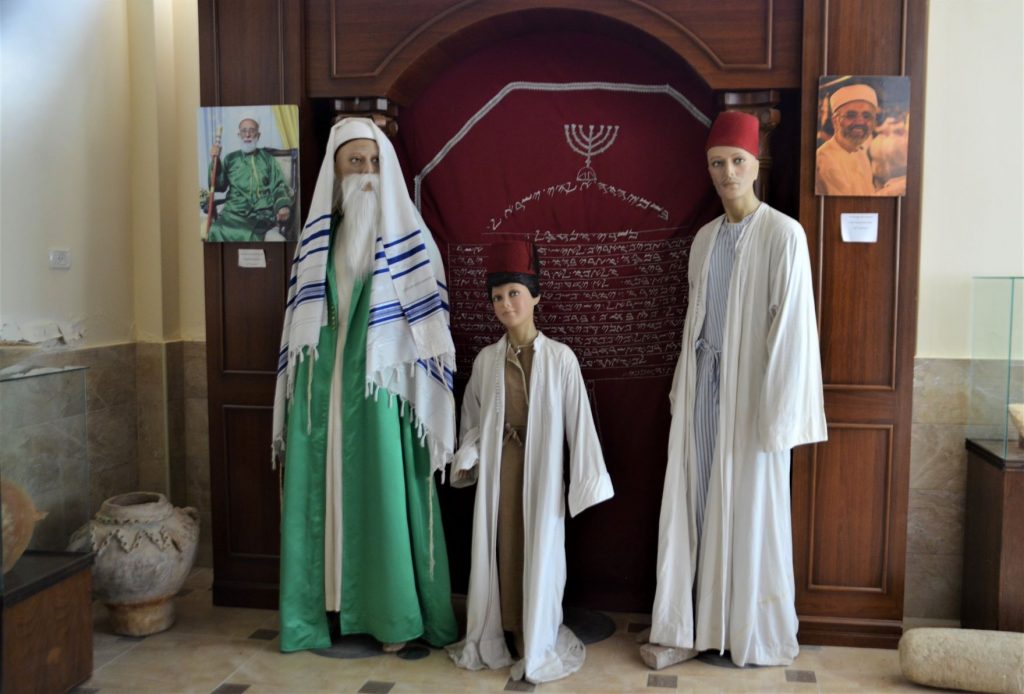
Once numbering over 3 million people, today the Samaritans are Israel’s smallest religious minority and view themselves as the keepers of the ancient Israelite religion and culture.
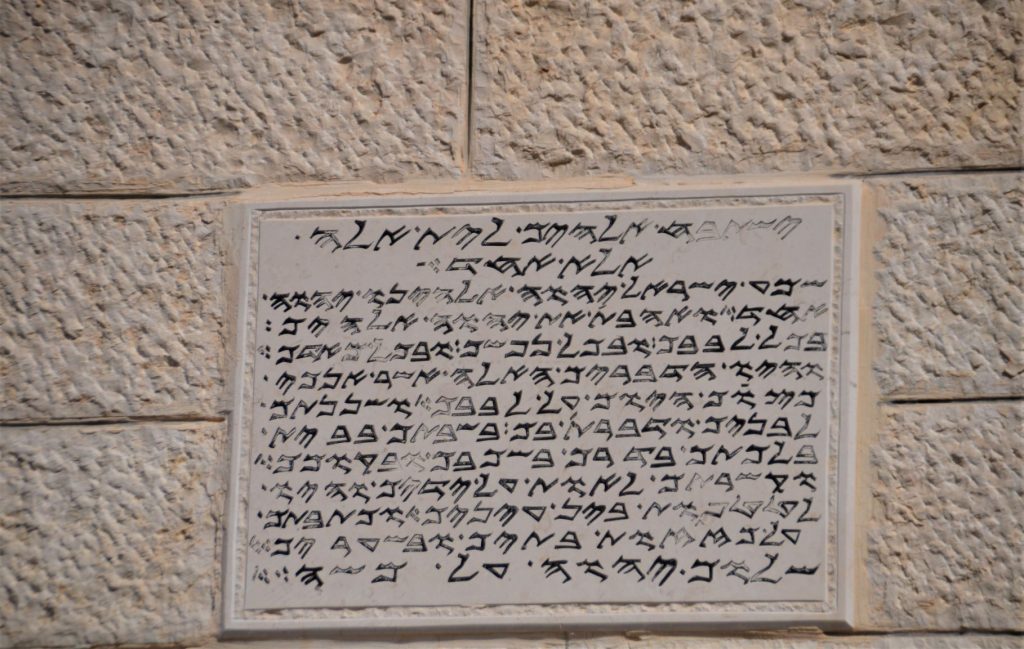
They study the five books of Moses in the ancient Hebrew script, which children learn how to read as 6-year-olds. Their version of the biblical Shema is posted over their outside door, not on the doorposts.
Circumcisions are performed on the eighth day. They do not use electricity on Shabbos. On Yom Kippur, they spend most of the day in prayer.
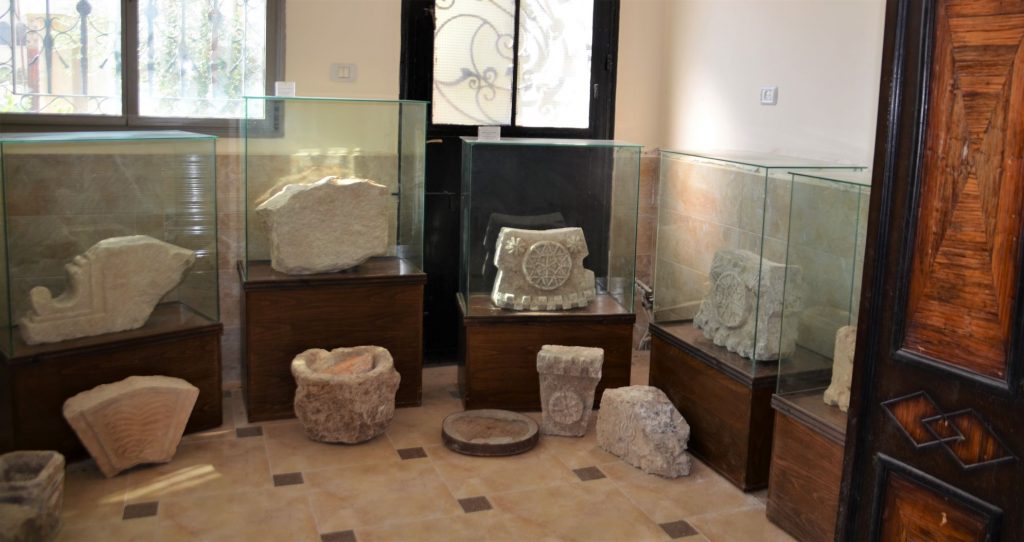
On a tour of the Samaritan Museum, matzah, bitter herbs, and a shofar are on display, along with ancient stones.
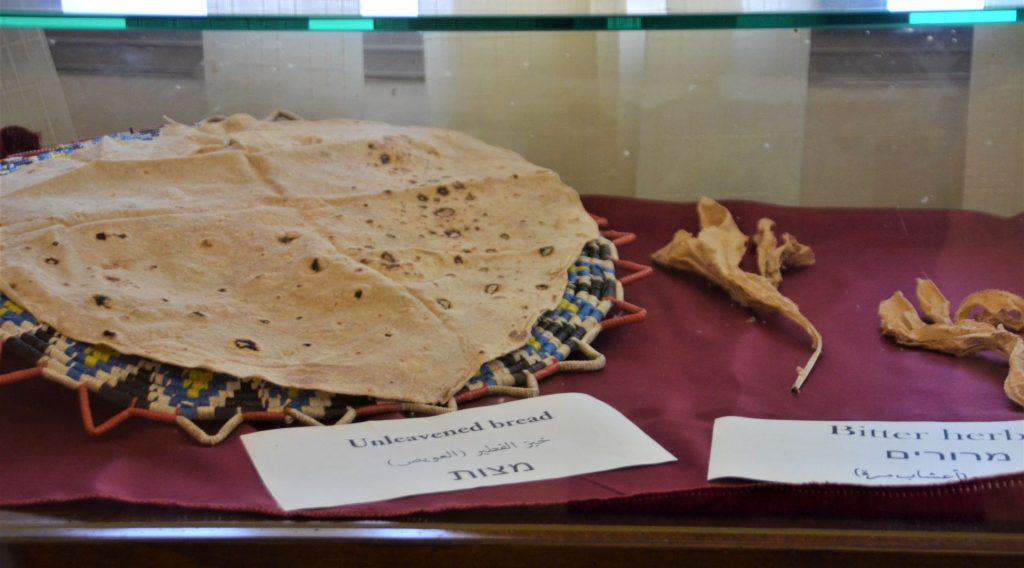
Samaritans celebrate the biblical holidays of Pesach, Shavuot, and Sukkot. However, the Samaritan celebration is different from its Jewish counterpart in multiple ways.
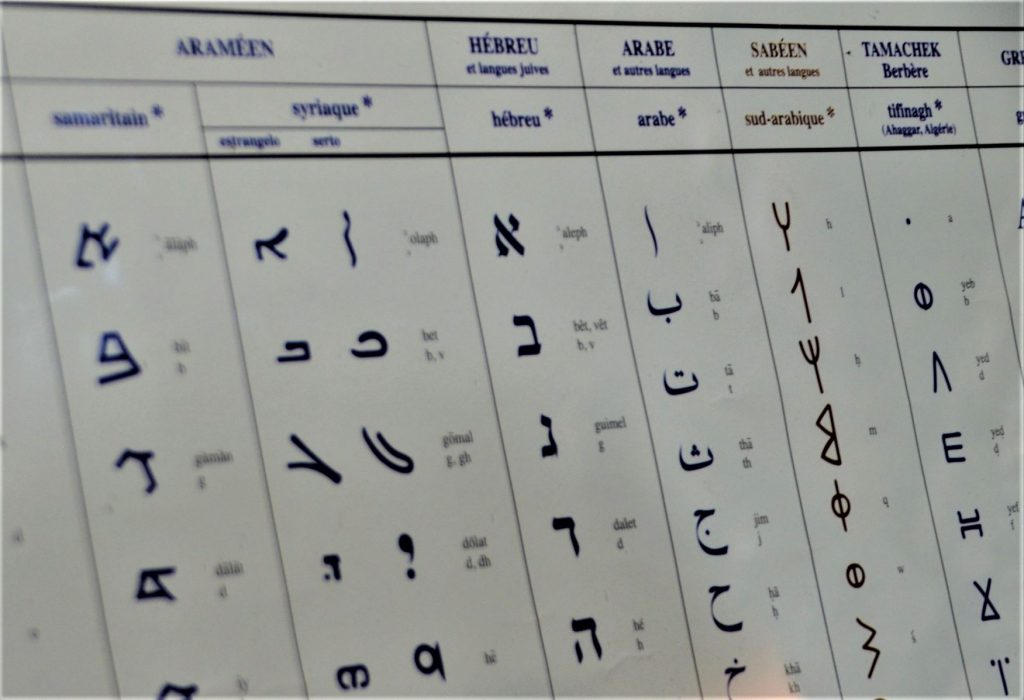
Their writing is in ancient Hebrew script.
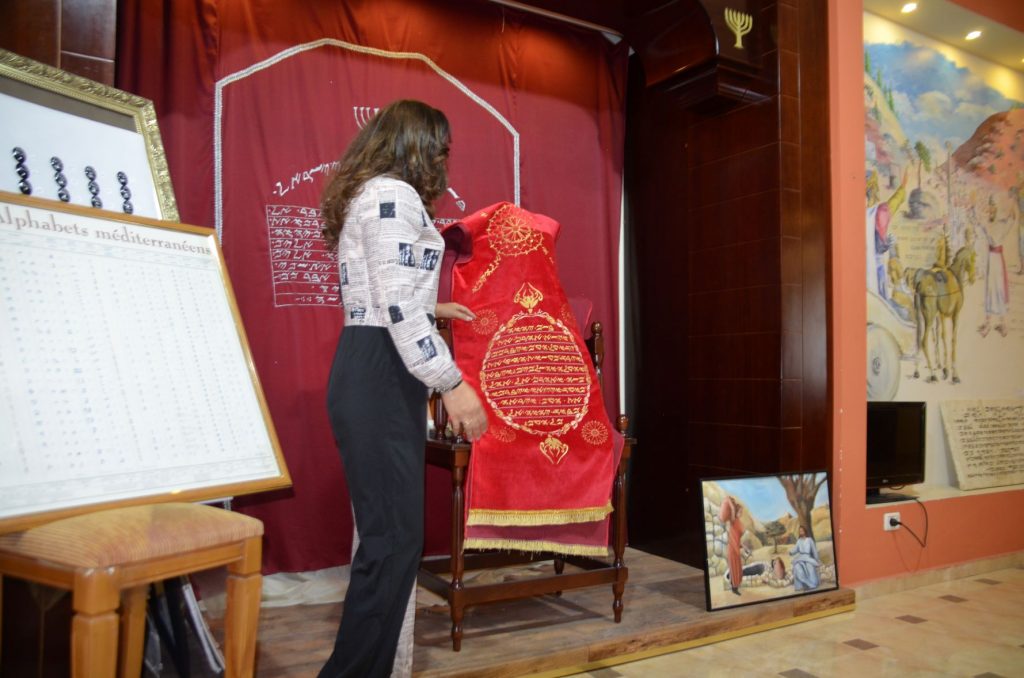
Their version of a Torah scroll is on display in the museum.
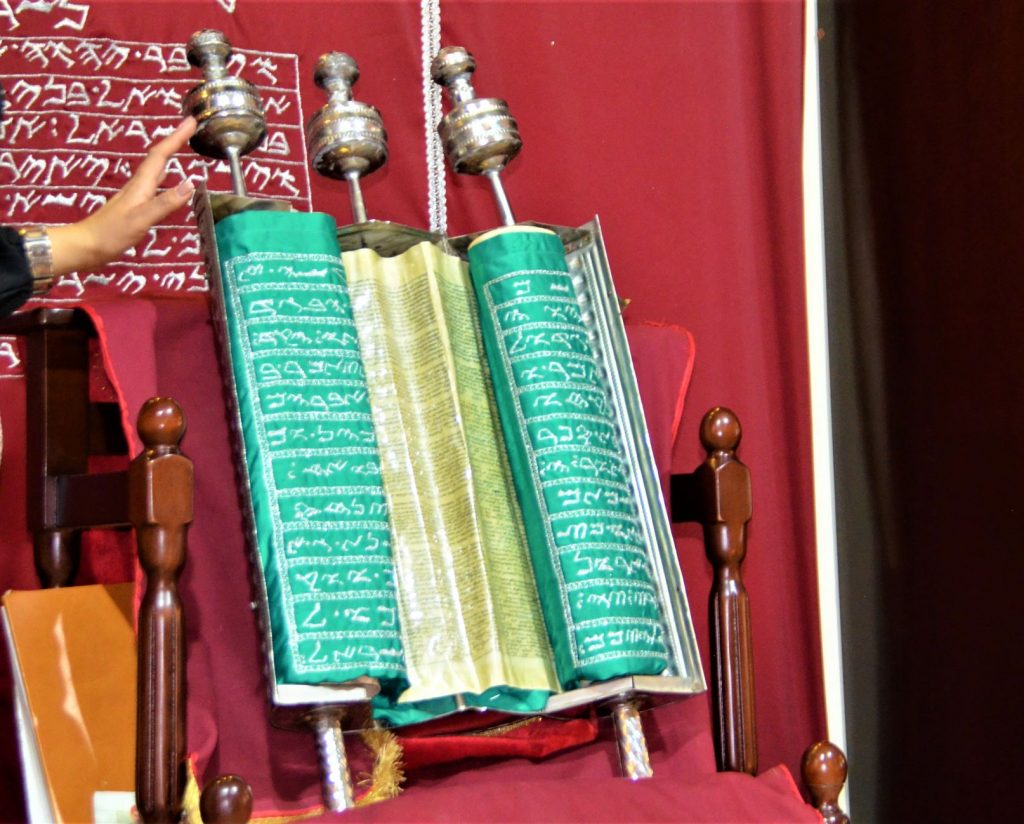
The scroll written on animal skin has three branches on top to represent Shimon, Levi, and Menasheh who they view as their forefathers, our guide explained.
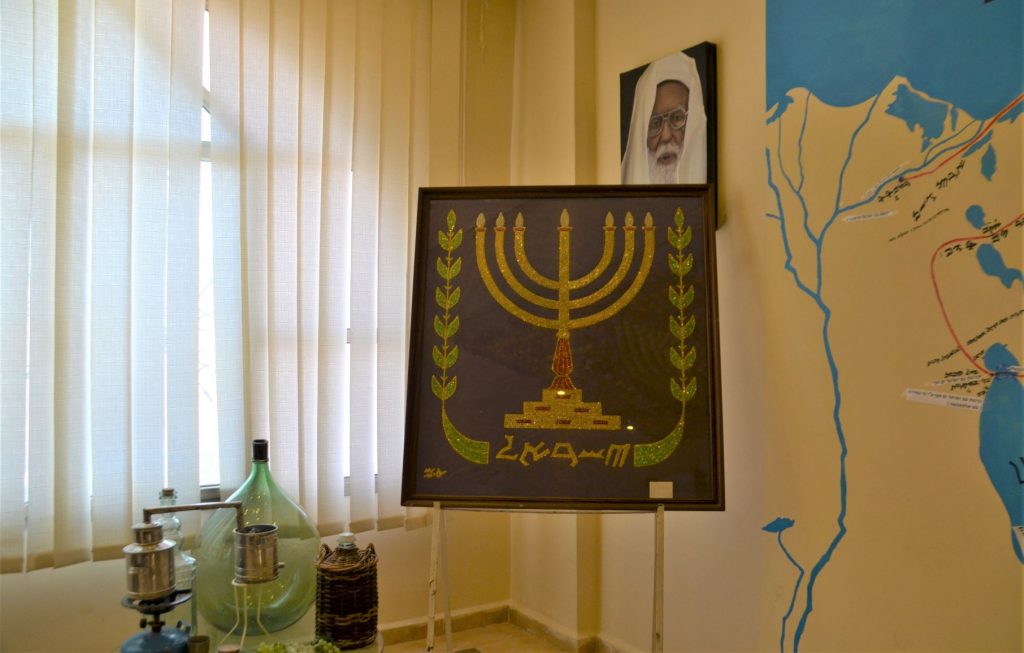
The Samaritan Sukkot, though based on a lunar calendar, is held at a different time of year due to a different leap year structure. This year they celebrate Sukkot a month after the Jewish calendar, beginning October 20th, and ending after seven days, with Simchat Torah.
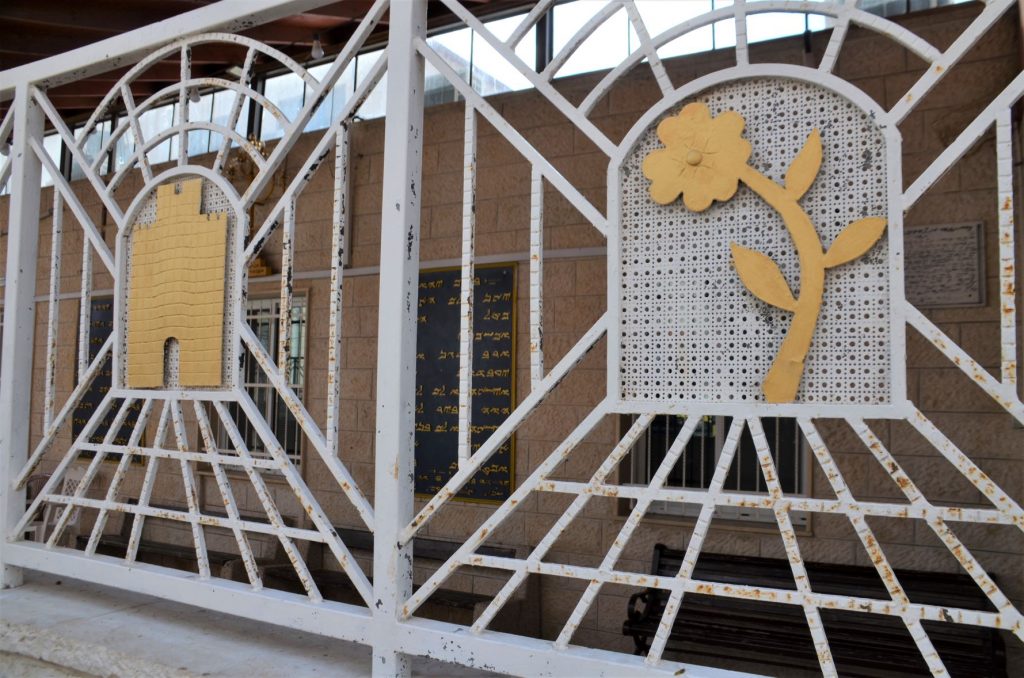
Tourists can only view their synagogue from the outside. Usually, only men go to the synagogue services, however, on Simchat Torah women attend.
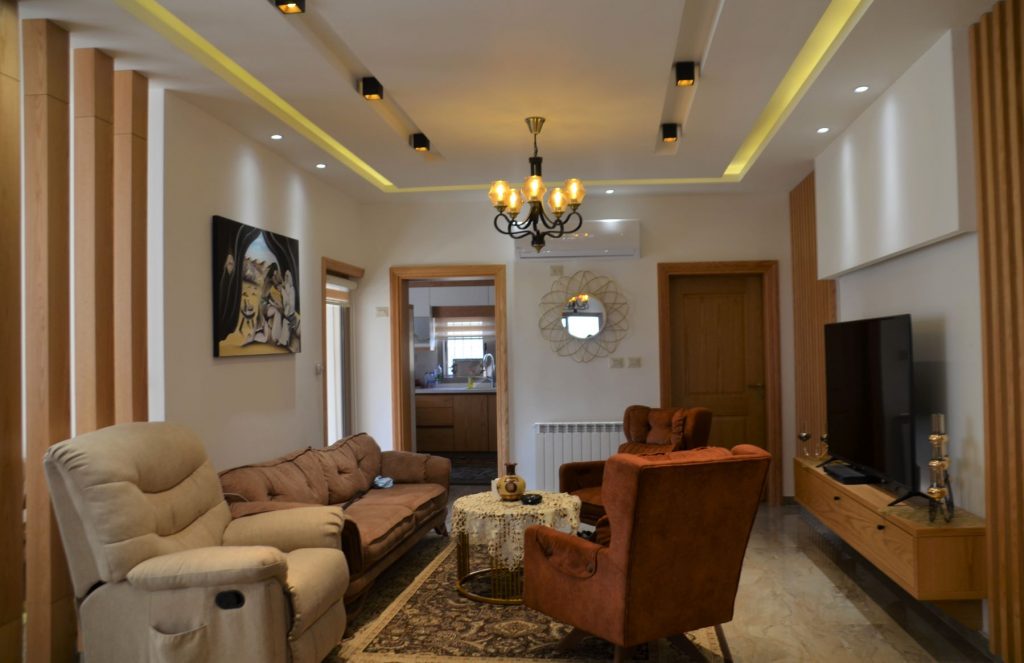
In addition, the Samaritan sukkah built in honor of the festival has a different appearance and is built inside the home.
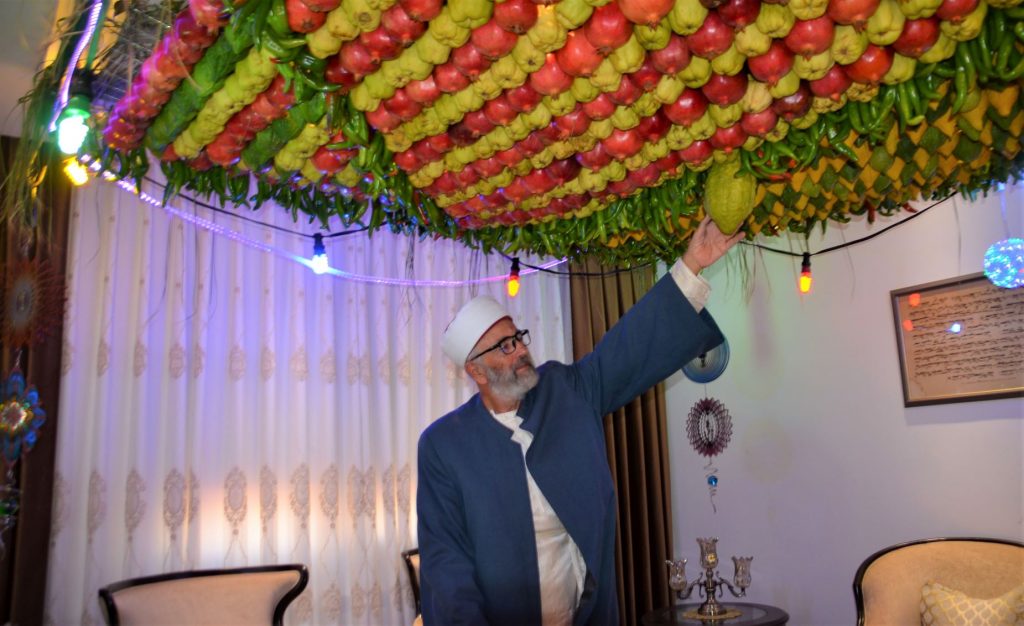
The ornate sukkah ceiling took a day for the family to build, starting first with a layer of palm leaves, and then with an arrangement of real fruit, included etrogim.
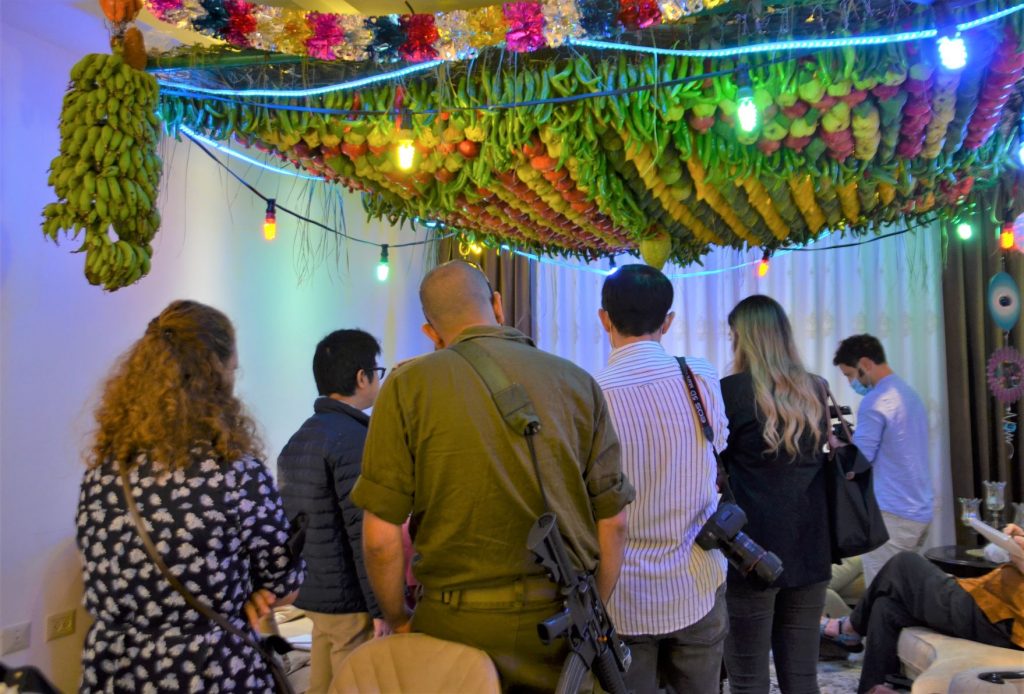
In his sukkah, museum director Husni Al Kahen told us that he is a 164th generation descendant from Adam. He discussed the significance of Har Gerizim and its holiness and aliyah le’regel.
Tour groups are scheduled all week, a soldier and a young woman arrive, as
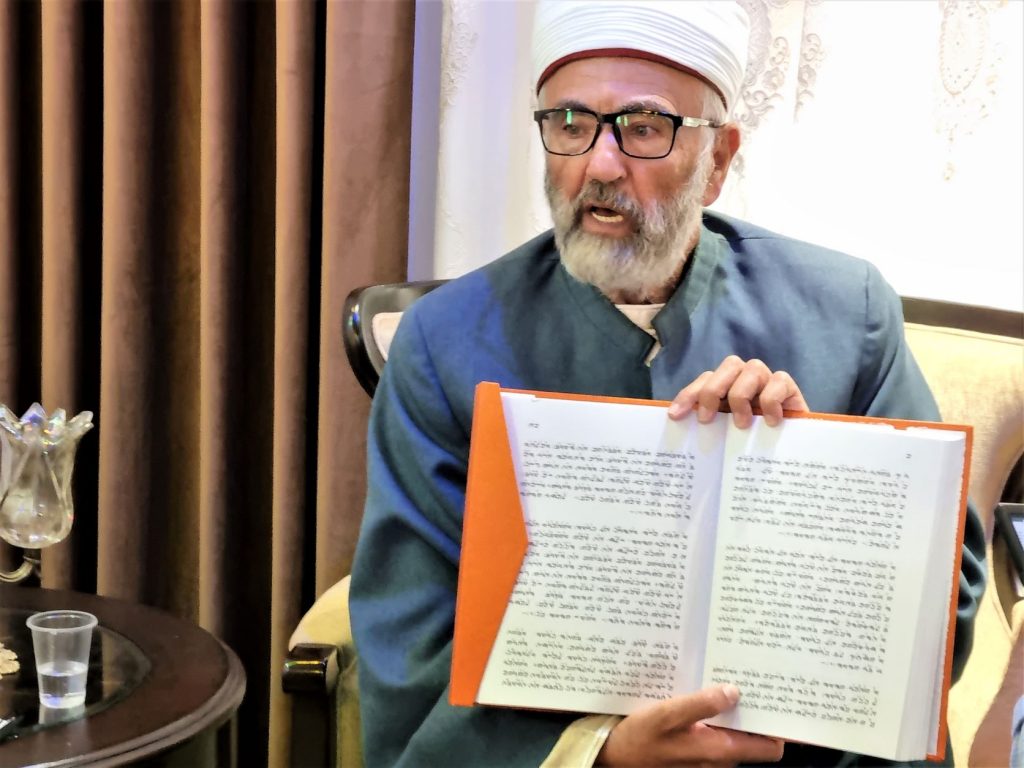
the younger brother of the High Priest was showing his bible to our group.
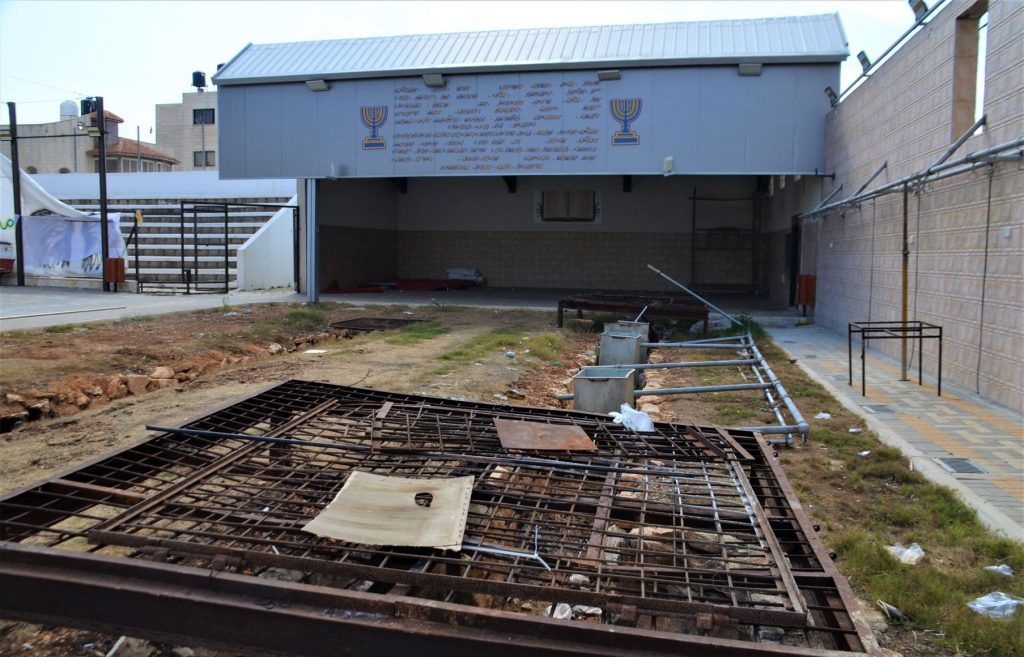
The annual Samaritan slaughter of one-year-old lambs for Pesach, with salting and roasting, attracts crowds of tourists on a regular year.
However, I am much more a fan of the Sukkot colors and customs.
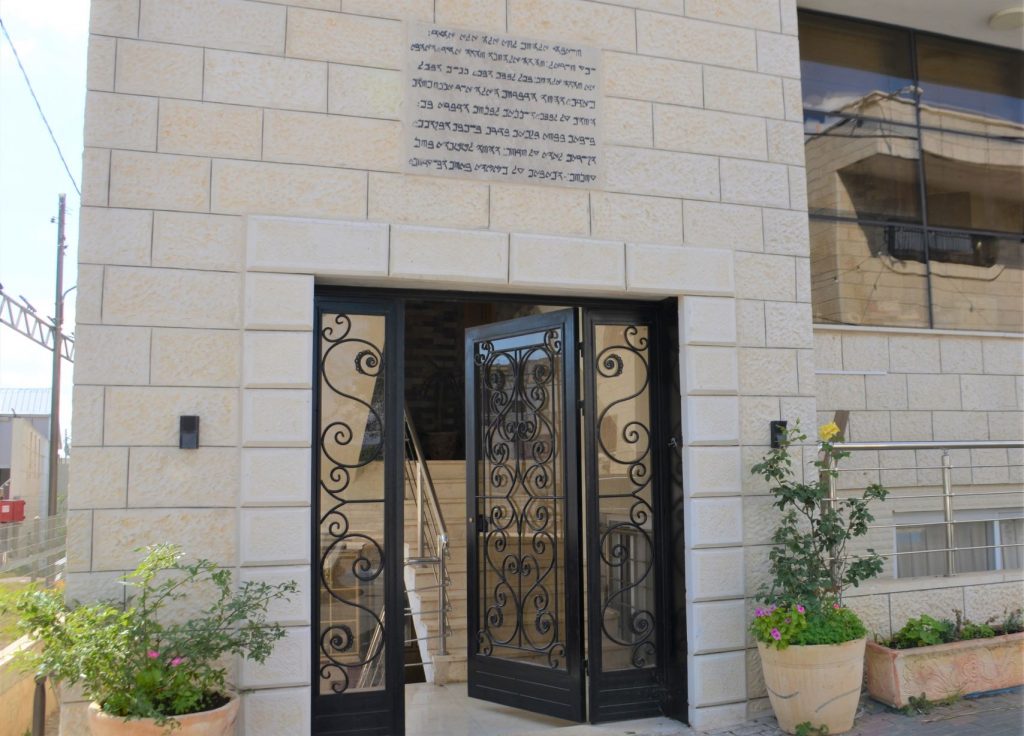
More than once we were told that the Samaritans love peace. Many have passports from Jordan, the Palestinian Authority, and Israel. The Samaritans from Kiryat Luza attend Palestinian Authority schools in Shechem. However, those living in Holon attend Israeli schools and serve in the IDF but not in sensitive locations.
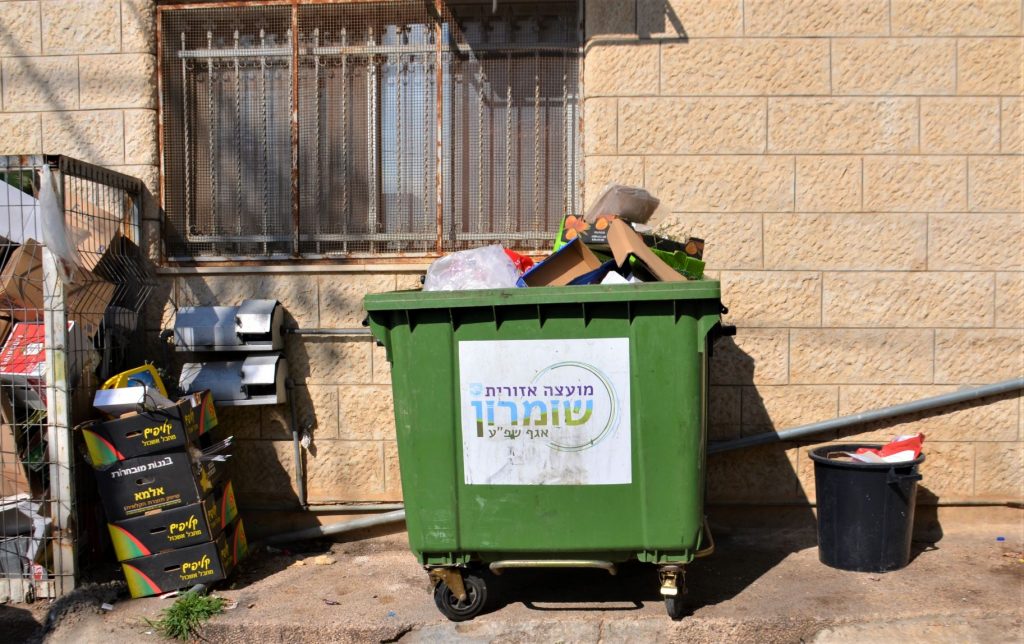
Kiryat Luza has a garbage dumpster with markings of the Israeli Shomron regional council,
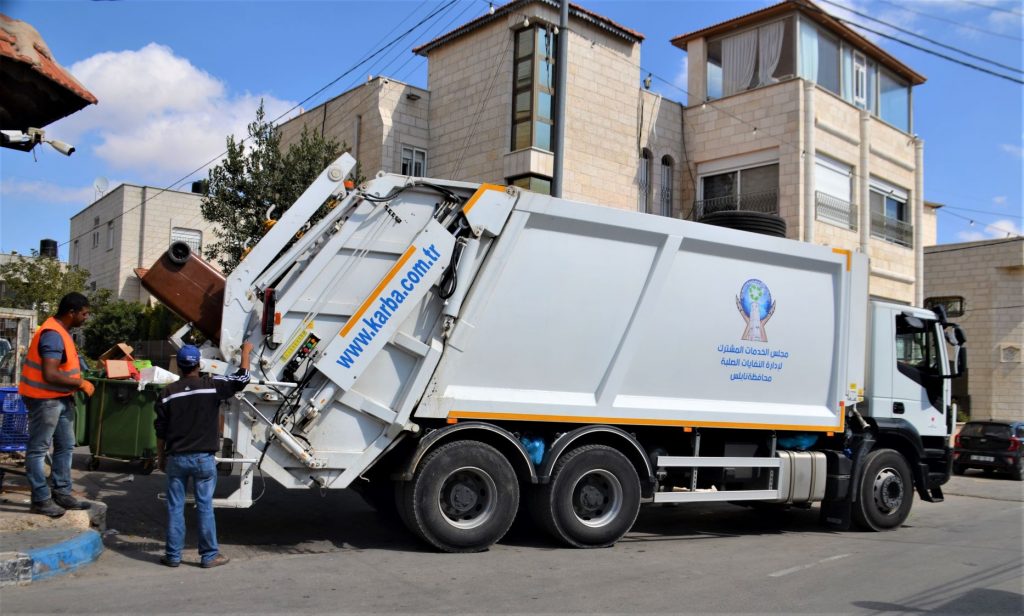
but the collection truck probably from Turkey had Arabic written on it.
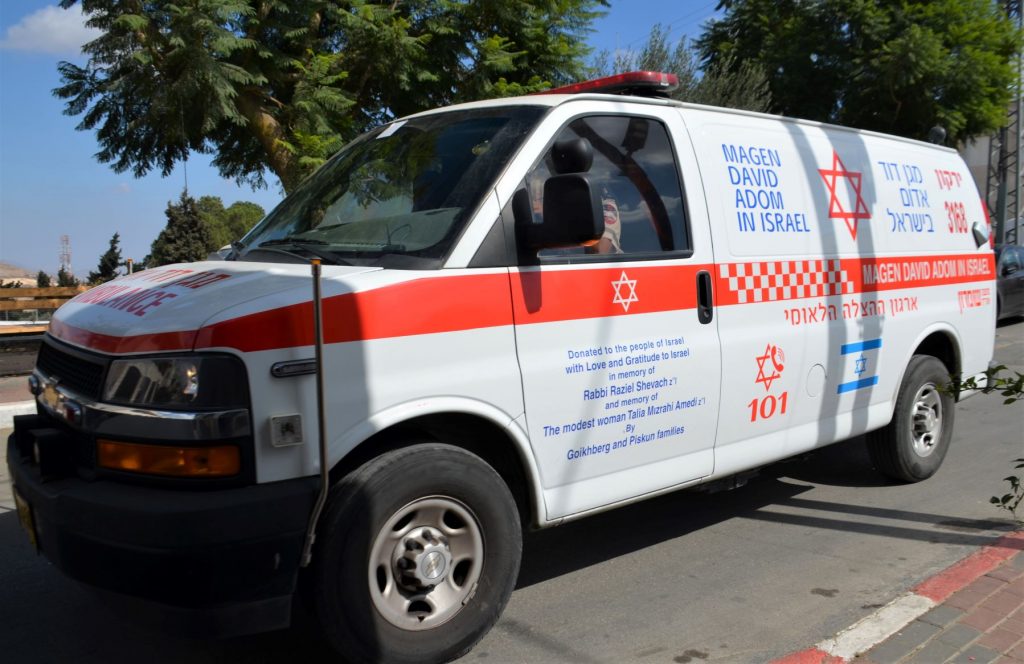
I noticed an Israeli Magen David Adom ambulance donated in memory of Rabbi Raziel Shevach z”l and Talia Mizrahi Amali z”l, who were murdered in terrorist attacks.
The Samaritan community moved from Shechem to Kiryat Luza in the late 1990s because of the intifada and manages to keep to themselves. With fewer females than males, men are allowed to marry women from outside, but only if the women learn with the high priest and then convert. However, if a young woman were to marry a Muslim or a Jew, she would be disowned by her family.
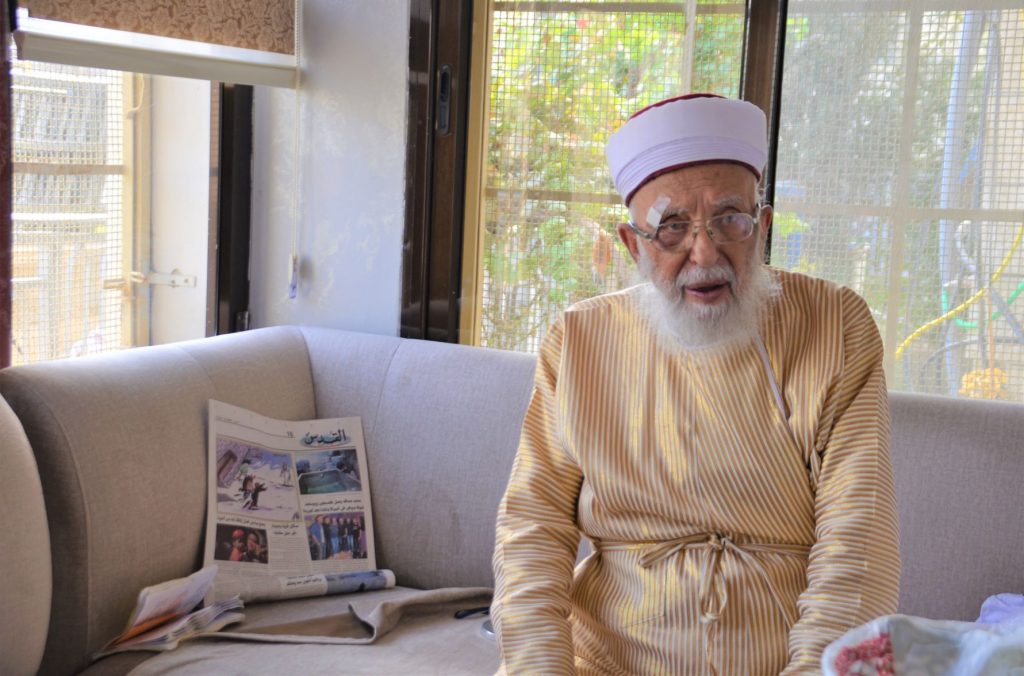
The last stop on the Media Central sponsored tour was the home of the Samaritan High Priest Abdallah Wasef dressed in his gold robe, who apologized for not feeling well, but took time to meet our group.
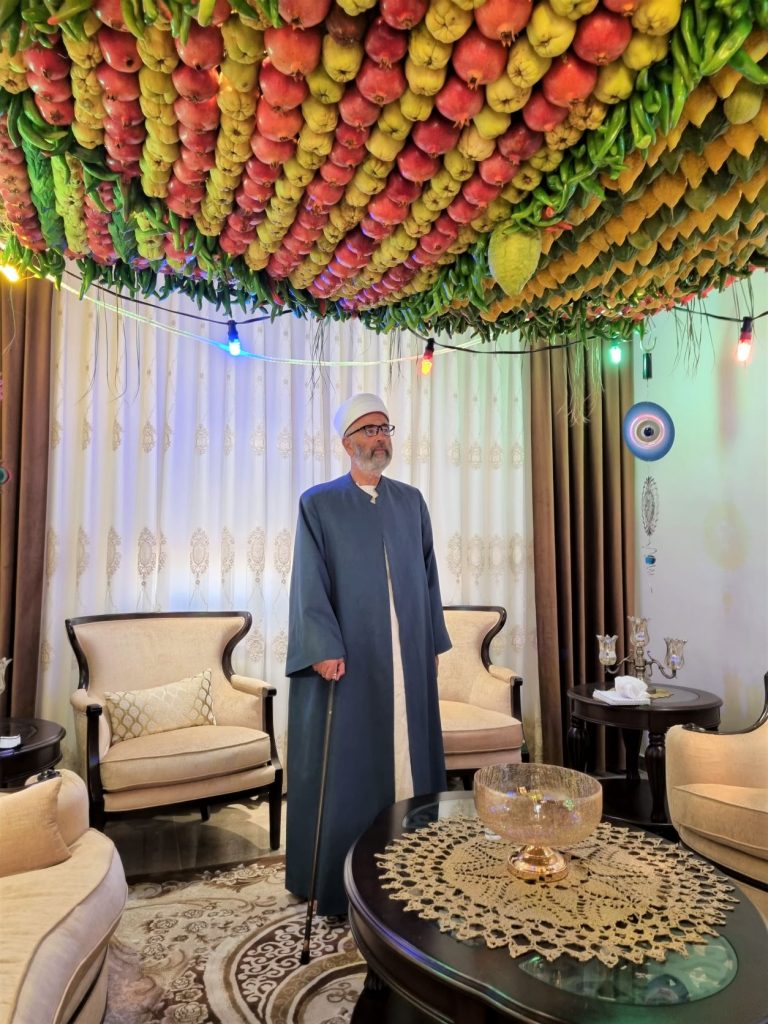
Samaritan Sukkot, one of the interesting Israeli smaller stories to share.
How interesting! God bless them.
“…and serve in the IDF but not in sensitive locations.”
Why not?
Because they have connections with those educated under the Palestinian Authority to not put them in difficult situations, as on a battlefront. The IDF has many jobs to be filled.
Oooh! Makes sense.
This was very interesting!! I had never heard about this group. Thank you for the pictures and commentary as always!
Glad it was appreciated!
Fascinating! What a wondrous country
Thanks
Fascinating information about the Samaritans. I knew nothing about them before this post.
A small group, but I felt an interesting history.
Pingback: Jerusalem Inside Look at Open Houses – The Real Jerusalem Streets